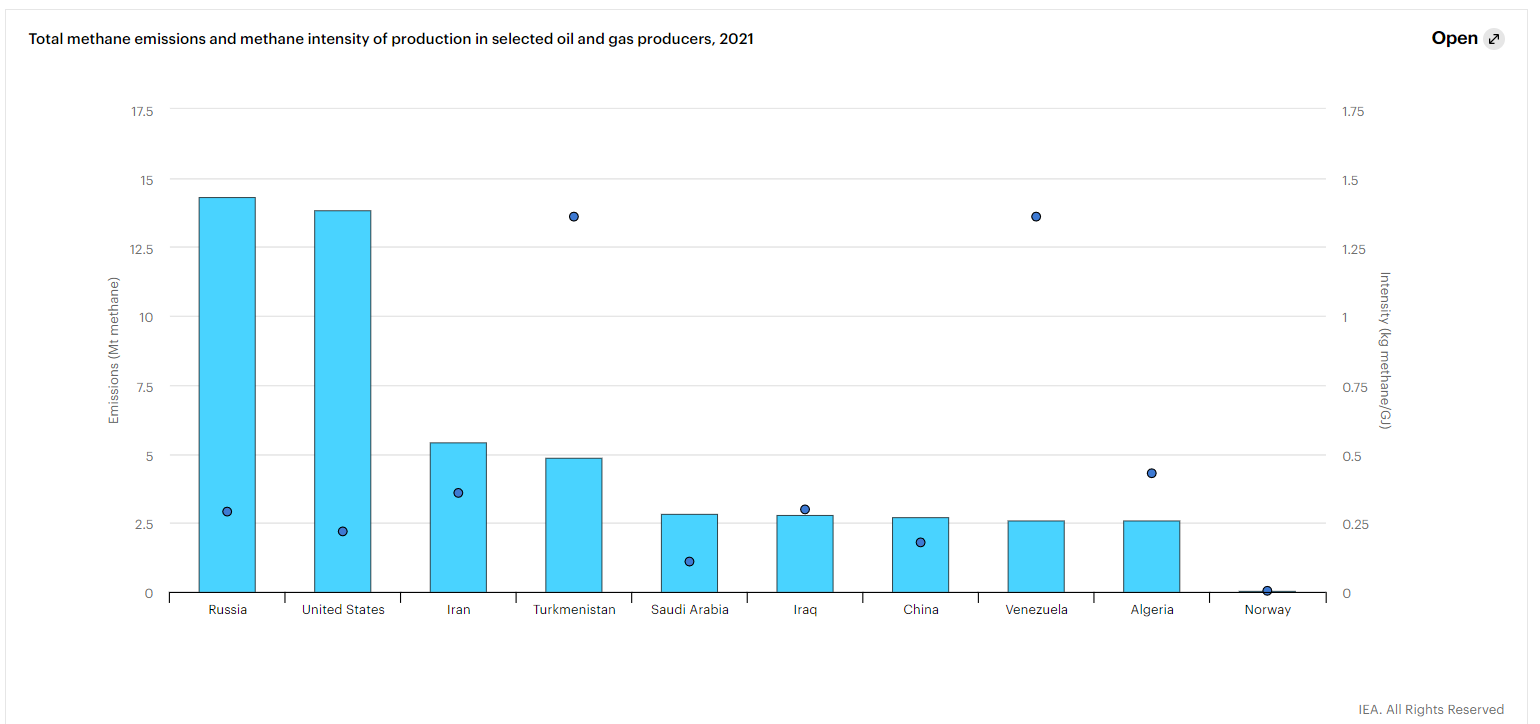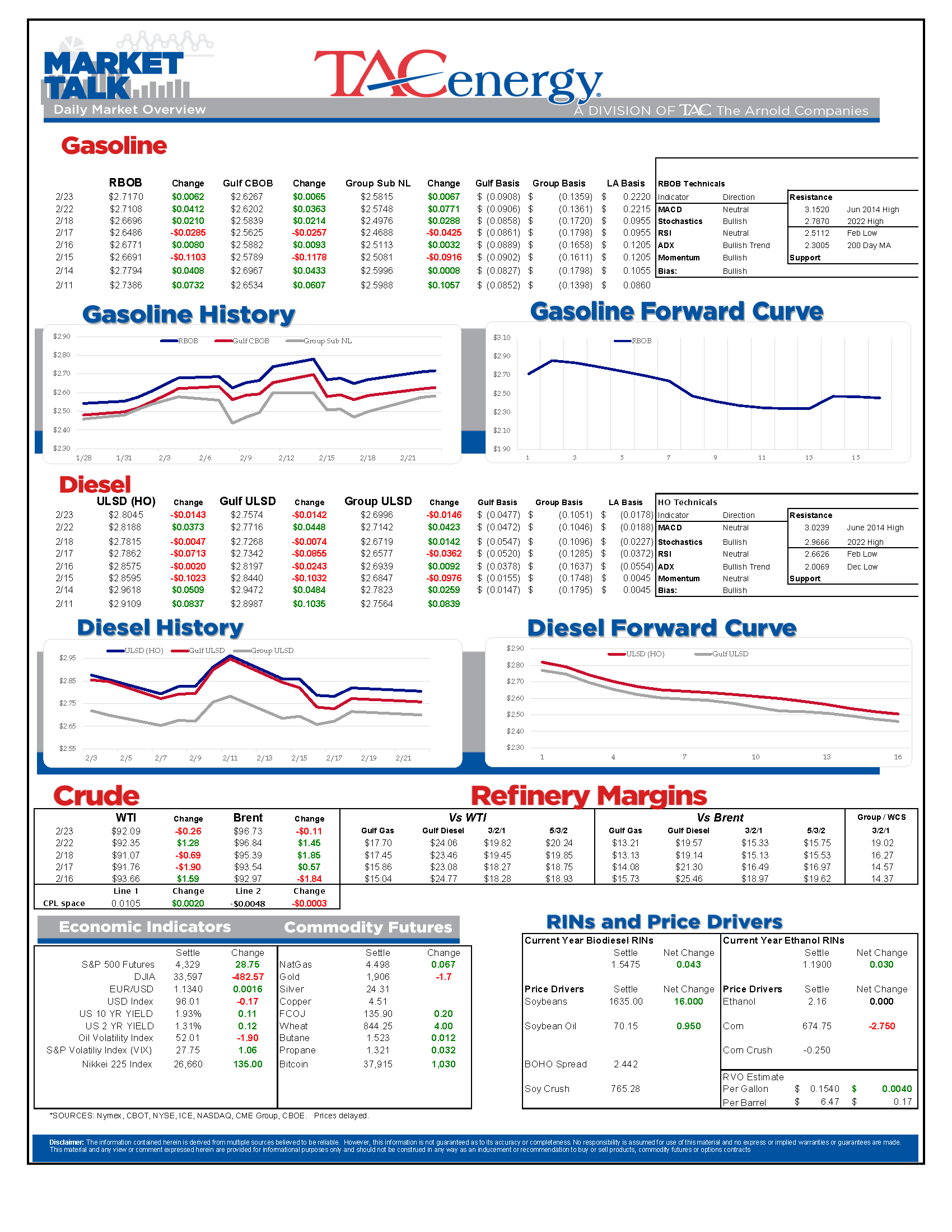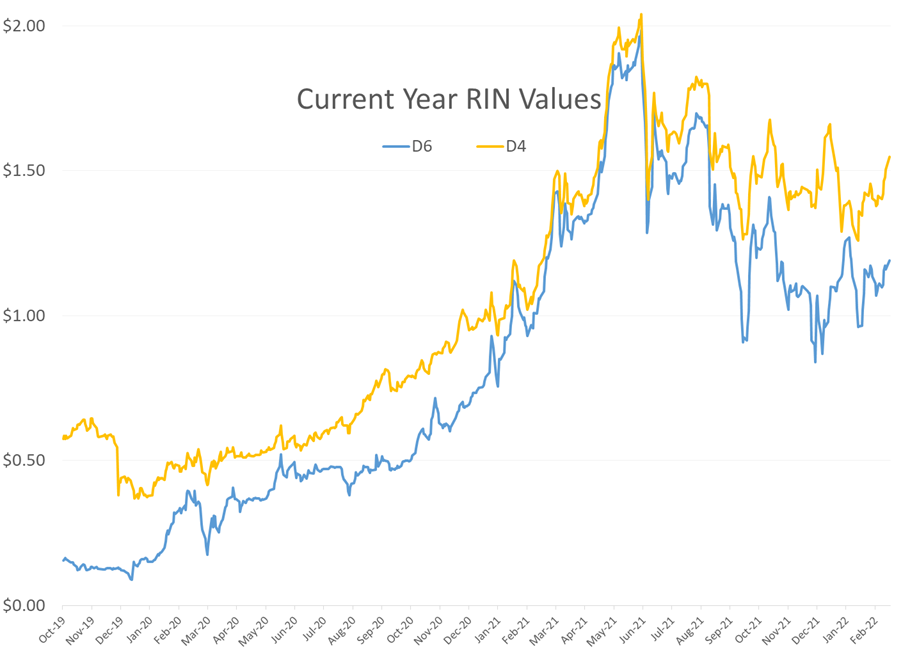An Uncomfortable Calm Is Gripping Global Energy Markets After Some Wild Back And Forth Action

An uncomfortable calm is gripping global energy markets after some wild back and forth action the past two days. Crude oil prices have eased by $4/barrel and Refined products have pulled back 10 cents from their Monday night highs in the wake of the Russian invasion of Ukraine, and are starting Wednesday’s session on a quiet note. Even the notoriously volatile natural gas prices are acting relatively docile despite the huge potential fallout from the economic cold war.
There’s a noteworthy divergence emerging between near bullish fundamentals and technical that are looking suddenly bearish. On the fundamental side, demand estimates continue to increase as COVID restrictions rapidly ease, while supply increases continue to lag behind the estimates for 2022, even before factoring in the potential disruptions from Russia. Technical studies meanwhile are starting to look top heavy after the sharp reversal Tuesday as traders appear to have once again played the buy the rumor and sell the news game with energy contracts. Diehard chartists love to say that the headlines follow the prices, not vice versa, and the price action in the next few days will provide an interesting case study into that argument.
It’s not just crude oil that’s tight. Prices for soybeans and its oil have been moving sharply higher again in recent weeks as demand for both food and fuel from the beans increase, and supplies from South America are struggling pushing up the price for everything from tofu to D4 RINs. China announced it would release soybeans and edible oils from its strategic reserves to help minimize the increase in prices.
4th quarter earnings releases from refiners are showing some consistent themes this week. Big improvements in demand, good but not great margins, and challenges with both severe weather and labor impacting operations.
Speaking of refinery operations: Traders didn’t seem too concerned about the explosion and fire that injured 5 workers at one of the Country’s largest refineries Monday, with US Gulf Coast basis values barely flinching after the long weekend. That plant was undergoing maintenance already so output may not be impacted, and local terminal operations are not showing signs of any product tightness following the fire.
The IEA released its global Methane tracker this week, once again shouting from the rooftops about the need to reduce these emissions and some of the “cost effective” ways to accomplish that goal. One interesting note from the report: Turkmenistan accounted for nearly 1/3 of the major emissions events recorded globally last year. Perhaps Russia will invade them next to help the world combat climate change.
Click here to download a PDF of today's TACenergy Market Talk.
Latest Posts
Gasoline Futures Are Leading The Way Lower This Morning
The Sell-Off Continues In Energy Markets, RBOB Gasoline Futures Are Now Down Nearly 13 Cents In The Past Two Days
Week 15 - US DOE Inventory Recap
Prices To Lease Space On Colonial’s Main Gasoline Line Continue To Rally This Week
Social Media
News & Views
View All
Gasoline Futures Are Leading The Way Lower This Morning
It was a volatile night for markets around the world as Israel reportedly launched a direct strike against Iran. Many global markets, from equities to currencies to commodities saw big swings as traders initially braced for the worst, then reversed course rapidly once Iran indicated that it was not planning to retaliate. Refined products spiked following the initial reports, with ULSD futures up 11 cents and RBOB up 7 at their highest, only to reverse to losses this morning. Equities saw similar moves in reverse overnight as a flight to safety trade soon gave way to a sigh of relief recovery.
Gasoline futures are leading the way lower this morning, adding to the argument that we may have seen the spring peak in prices a week ago, unless some actual disruption pops up in the coming weeks. The longer term up-trend is still intact and sets a near-term target to the downside roughly 9 cents below current values. ULSD meanwhile is just a nickel away from setting new lows for the year, which would open up a technical trap door for prices to slide another 30 cents as we move towards summer.
A Reuters report this morning suggests that the EPA is ready to announce another temporary waiver of smog-prevention rules that will allow E15 sales this summer as political winds continue to prove stronger than any legitimate environmental agenda. RIN prices had stabilized around 45 cents/RIN for D4 and D6 credits this week and are already trading a penny lower following this report.
Delek’s Big Spring refinery reported maintenance on an FCC unit that would require 3 days of work. That facility, along with several others across TX, have had numerous issues ever since the deep freeze events in 2021 and 2024 did widespread damage. Meanwhile, overnight storms across the Midwest caused at least one terminal to be knocked offline in the St. Louis area, but so far no refinery upsets have been reported.
Meanwhile, in Russia: Refiners are apparently installing anti-drone nets to protect their facilities since apparently their sling shots stopped working.
Click here to download a PDF of today's TACenergy Market Talk.

The Sell-Off Continues In Energy Markets, RBOB Gasoline Futures Are Now Down Nearly 13 Cents In The Past Two Days
The sell-off continues in energy markets. RBOB gasoline futures are now down nearly 13 cents in the past two days, and have fallen 16 cents from a week ago, leading to questions about whether or not we’ve seen the seasonal peak in gasoline prices. ULSD futures are also coming under heavy selling pressure, dropping 15 cents so far this week and are trading at their lowest level since January 3rd.
The drop on the weekly chart certainly takes away the upside momentum for gasoline that still favored a run at the $3 mark just a few days ago, but the longer term up-trend that helped propel a 90-cent increase since mid-December is still intact as long as prices stay above the $2.60 mark for the next week. If diesel prices break below $2.50 there’s a strong possibility that we see another 30 cent price drop in the next couple of weeks.
An unwind of long positions after Iran’s attack on Israel was swatted out of the sky without further escalation (so far anyway) and reports that Russia is resuming refinery runs, both seeming to be contributing factors to the sharp pullback in prices.
Along with the uncertainty about where the next attacks may or may not occur, and if they will have any meaningful impact on supply, come no shortage of rumors about potential SPR releases or how OPEC might respond to the crisis. The only thing that’s certain at this point, is that there’s much more spare capacity for both oil production and refining now than there was 2 years ago, which seems to be helping keep a lid on prices despite so much tension.
In addition, for those that remember the chaos in oil markets 50 years ago sparked by similar events in and around Israel, read this note from the NY Times on why things are different this time around.
The DOE’s weekly status report was largely ignored in the midst of the big sell-off Wednesday, with few noteworthy items in the report.
Diesel demand did see a strong recovery from last week’s throwaway figure that proves the vulnerability of the weekly estimates, particularly the week after a holiday, but that did nothing to slow the sell-off in ULSD futures.
Perhaps the biggest next of the week was that the agency made its seasonal changes to nameplate refining capacity as facilities emerged from their spring maintenance.
PADD 2 saw an increase of 36mb/day, and PADD 3 increased by 72mb/day, both of which set new records for regional capacity. PADD 5 meanwhile continued its slow-motion decline, losing another 30mb/day of capacity as California’s war of attrition against the industry continues. It’s worth noting that given the glacial pace of EIA reporting on the topic, we’re unlikely to see the impact of Rodeo’s conversion in the official numbers until next year.
Speaking of which, if you believe the PADD 5 diesel chart below that suggests the region is running out of the fuel, when in fact there’s an excess in most local markets, you haven’t been paying attention. Gasoline inventories on the West Coast however do appear consistent with reality as less refining output and a lack of resupply options both continue to create headaches for suppliers.






